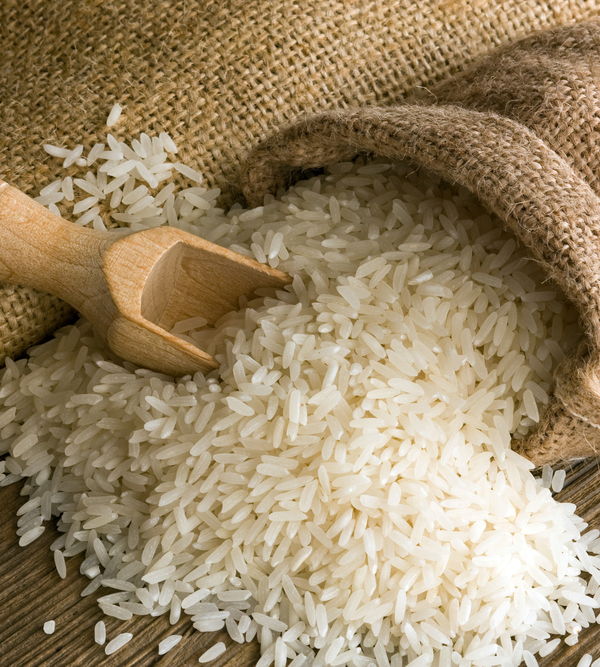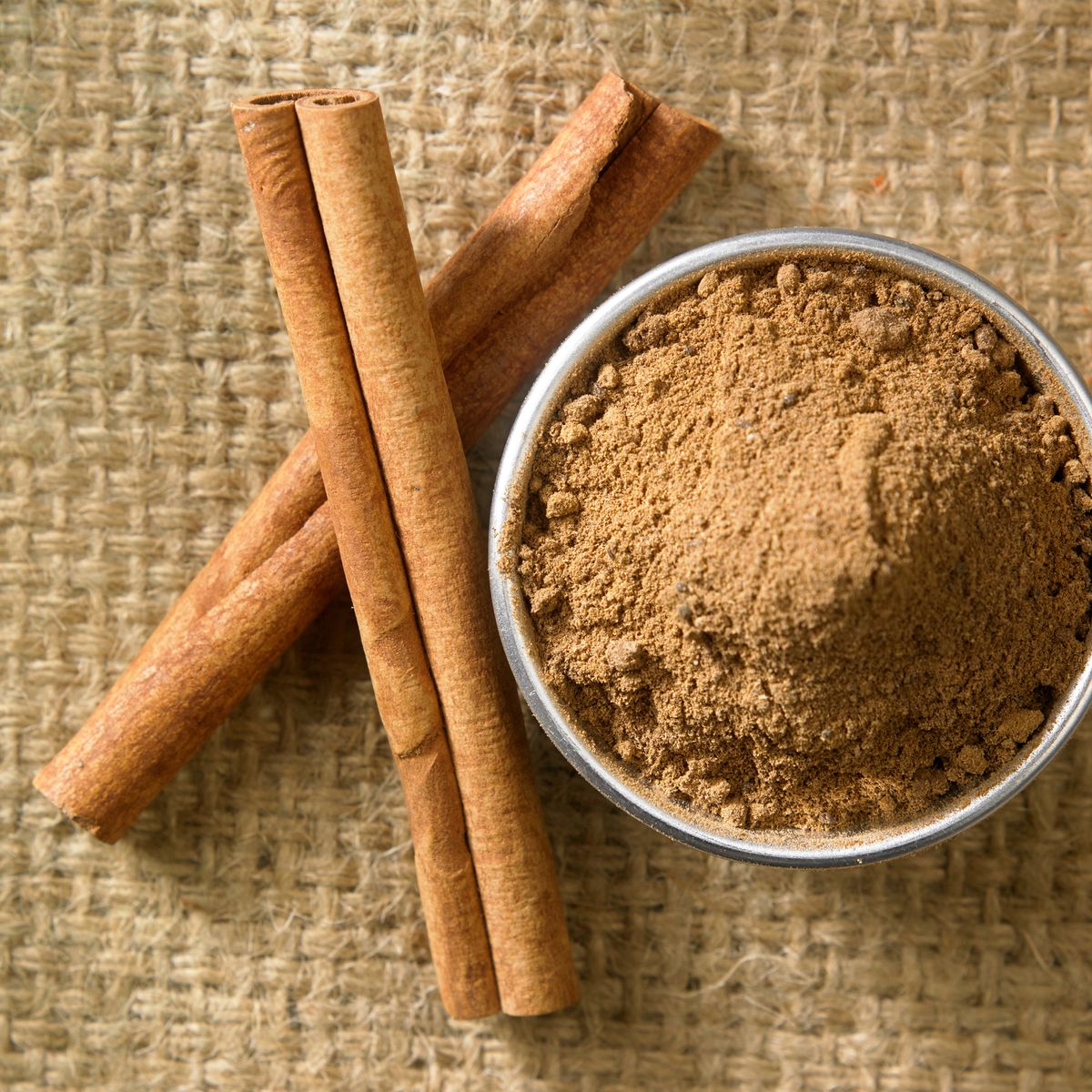India: A Vibrant Hub of Spices Export
Introduction:
India, known as the land of spices, has a rich history and heritage deeply intertwined with the trade and cultivation of spices. Over the centuries, India has been at the forefront of the global spices market, exporting a wide range of aromatic and flavorful spices to every corner of the world. In this blog, we will explore the significance of Indian spices in the global market, the major spices exporters in India, and the impact of Indian spices on global cuisines.
The Spice Legacy of India
India’s association with spices dates back to ancient times. The country has been a major spice producer and exporter since the Indus Valley Civilization, with spices like black pepper, cardamom, and turmeric finding their way into international trade routes. The tropical climate and diverse geography of India make it an ideal environment for the cultivation of a variety of spices.
From the pungent flavors of chili peppers to the aromatic allure of cinnamon and cloves, Indian spices are known for their intense taste, vibrant colors, and medicinal properties. These spices not only add depth and complexity to culinary dishes but also provide numerous health benefits. No wonder they are sought-after by chefs, food enthusiasts, and health-conscious individuals around the world.
The Global Spice Market and Export Potential
The global demand for Indian spices has been steadily increasing over the years. According to data from the Spices Board of India, the country exported spices worth over $3.6 billion in 2020-2021. The United States, Europe, the Middle East, and Southeast Asia are the key destinations for Indian spices, accounting for a significant share of India’s spice exports.
The versatility and richness of Indian spices make them essential ingredients in various cuisines across the globe. Whether it’s the fiery heat of Indian curries, the aroma of garam masala in Middle Eastern dishes, or the warm undertones of cinnamon in European desserts, Indian spices have become indispensable in international kitchens.
The Impact of Indian Spices on Global Cuisines
Indian spices have left an indelible mark on global cuisines, enriching dishes with their distinct flavors and aromas. Here are some examples of how Indian spices have influenced different cuisines:
1. Middle Eastern Cuisine: Spices like turmeric, cinnamon, cardamom, and cumin are commonly usedin Middle Eastern cuisine. They add depth and complexity to dishes like Shawarma, Hummus, and Falafel, creating a perfect balance of flavors.
2. Thai Cuisine: Indian spices like coriander, cumin, and turmeric have influenced Thai cuisine, adding warm and earthy flavors to popular dishes like Thai curries and stir-fries.
3. Mexican Cuisine: The use of spices in Mexican cuisine can be traced back to Indian influences. Spices like cumin, chili powder, and paprika give Mexican dishes their distinct flavors and heat.
4. European Cuisine: Indian spices, particularly cinnamon, cloves, and nutmeg, have found their way into European cuisine, especially in desserts like apple pie and gingerbread.
The versatility of Indian spices allows them to adapt and enhance various culinary traditions across the world, creating a fusion of flavors that tantalizes taste buds and creates unique gastronomic experiences.
Conclusion:
India’s standing as a leading spices exporter is a testament to its rich culinary heritage and expertise in spice cultivation. Indian spices have become an integral part of global cuisines, adding depth, flavor, and complexity to dishes across continents.




